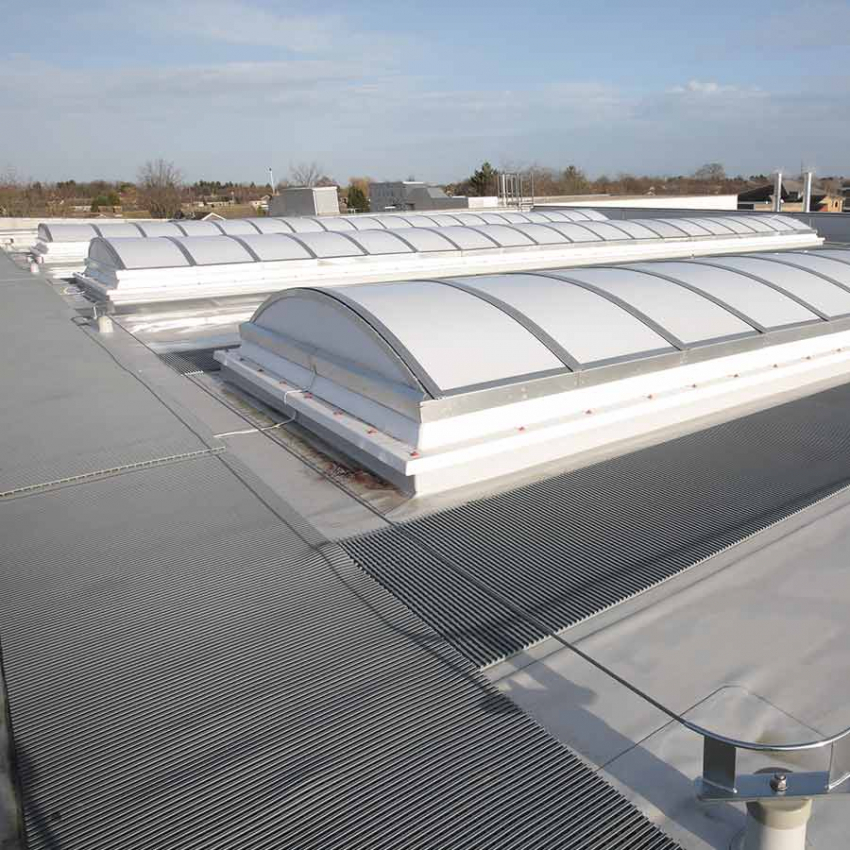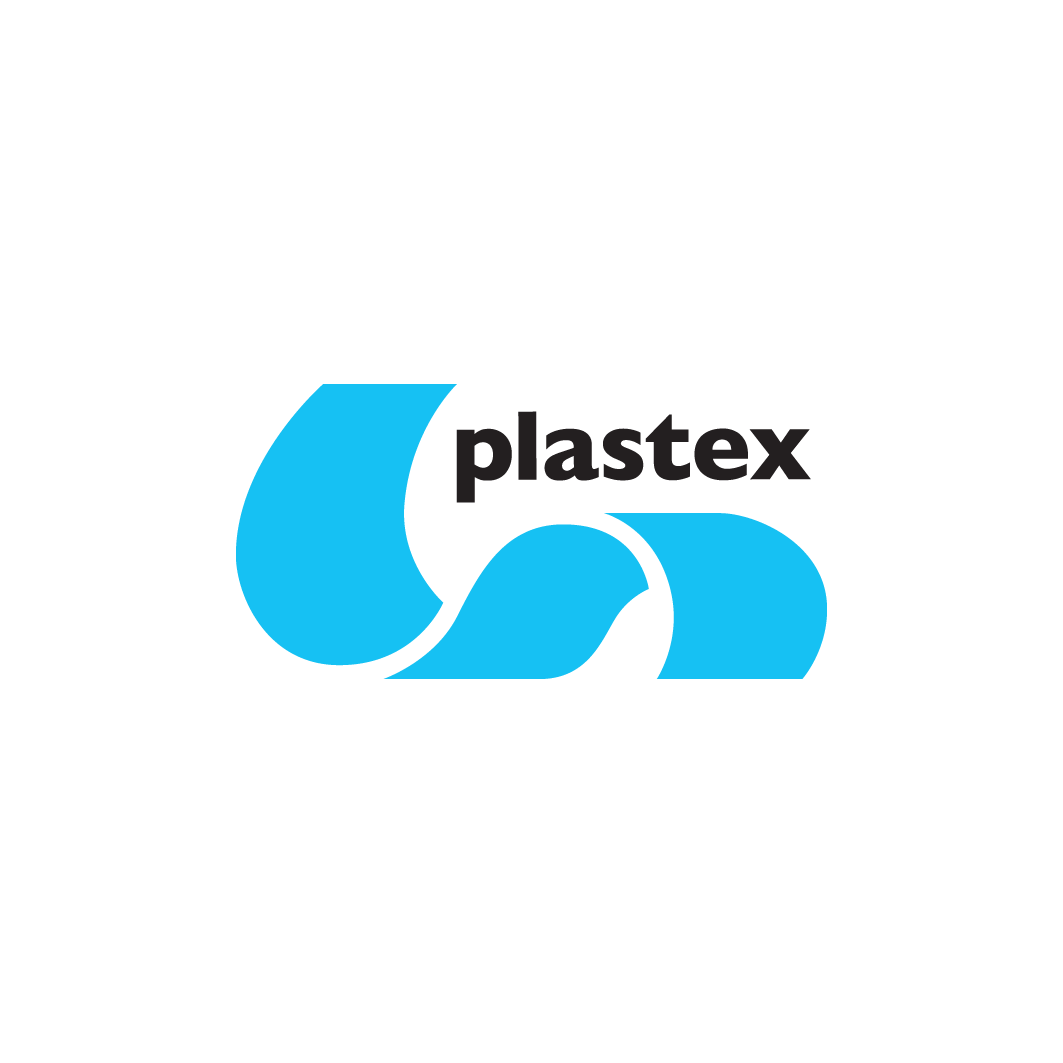


















Double-layer PVC flooring for safety and comfort. Ideal for technical paths, specialized for flat roofs, porticos and technical paths located at height. Certified non-slip in all weather conditions. The mat remains stable in winds of up to 150 km/h without fastening!
Also available with beveled safety edges on request .
Made from flexible PV, this roof walkway mat is designed to be laid quickly and easily on the ground, without the need for fasteners, so that it remains secure even in adverse weather conditions. The two layers with which this walkway mat is made lastingly cover the roof structure, protecting the membrane, while its diamond-point pattern ensures a firm hold.
100% recyclable. Available in black, it is manufactured from recycled industrial materials. The average recycled content is at least 30%, but we strive to achieve 100% recycled content wherever possible. None of the substances on REACH's SVHC list are used in our coatings.
This roof runner can withstand winds of up to 96 km/h. In the laboratory at the University of Hertfordshire, School of Aerospace and Automotive Engineering Design, Crossgrip PVC was placed on a flat, stable platform and remained stable in a wind speed of 150 km/h.
Available in 10 m rolls.
Free-standing, no fastening required

| CROSSGRIP PVC |
Data sheet
| Format | Roller |
| Properties | Draining |
| Composition | PVC (Polyvinyl chloride) |
| Thickness | 14 mm |
| Weight | |
| Fire classification | Cfl-s1 |
| Resistant to chemicals | Yes |
| Operating temperature | |
| Intensity of use | Intense |
| Wear index | 2/3 (Very good) |
| Anti-slip classification | R10 |
| Acoustic insulation | |
| Hygiene | |
| Reversion | |
| UV light | |
| Drainage capacity | V10 |
Industrial mats meet the needs of ergonomic workstations and employee well-being.
They prevent:
There are many uses for industrial mats:
Safety criteria: The mat must cover the entire workstation, be firmly attached to the floor, not shift or slide, and have bevelled edges to prevent falls.
Thickness and flexibility criteria: Contrary to what you might think, you shouldn't choose a very thick or very soft mat. The mat should have a certain elasticity, but still allow a comfortable standing position, without the user feeling slumped.
Environmental criteria :
Environmental hazard criteria : To establish more precise characteristics for a mat (antistatic properties or fire resistance etc...) we need to take into account the hazards present in the environment where the mat will be installed.
Where hazardous liquids are present in the working environment, the anti-slip properties and chemical resistance of industrial mats should be taken into account. The presence of openings on mats to allow the evacuation of fluids is essential.
Traffic criteria: We need to take into account the traffic that takes place on the equipment: how many workers can walk on it? How often, etc., in order to choose the most suitable mat.
Prevent the many problems associated with poor workstation ergonomics: RSI, static shock, bacterial proliferation, etc.
We offer a wide choice of industrial mats: on rolls, in standard sizes, made-to-measure or modular mats to suit all types of workstations.
Grating is a square slab of metal, polyester, rubber or PVC, made up of several parallel slats. The slats come in a variety of sizes, species and colors, and are grooved to prevent water from stagnating and the floor from becoming slippery.
Polyester gratings: Food industry - Paper and cellulose industry - Pharmaceutical industry - Plastics industry - Fiber and textile industry - Automotive and aircraft construction - Offshore installation - Sewage treatment plant - Navy and shipbuilding - Transport - Pickling and galvanizing plant.
Rubber gratings: Can be used in a wide range of applications: building entrances, walkways, stairs, access paths, production lines, ski resorts, etc.
Hygienic gratings: swimming pools - changing rooms - saunas - hotels - kitchens - steam rooms, etc.
Metal gratings: Thermal, hydroelectric, nuclear and solar power plants - Chemical and oil industries - Automotive and steel industries - Shipbuilding - Cement works - Metal processing and construction - Railways and transport